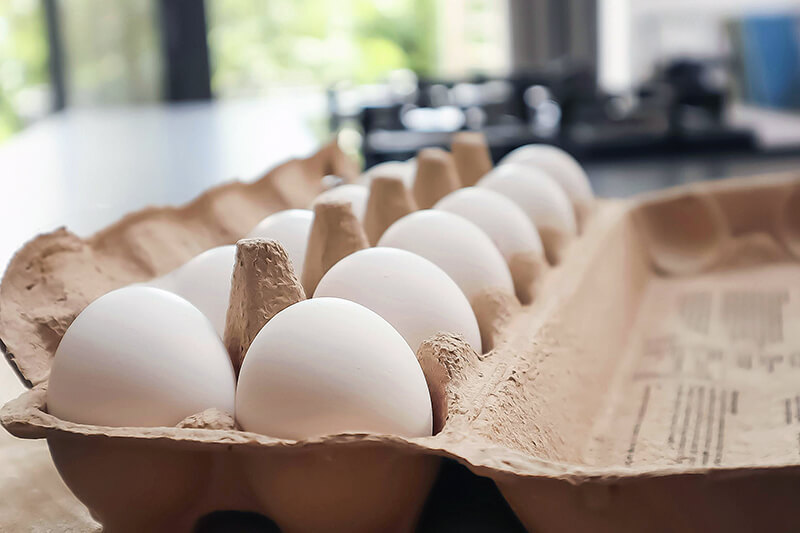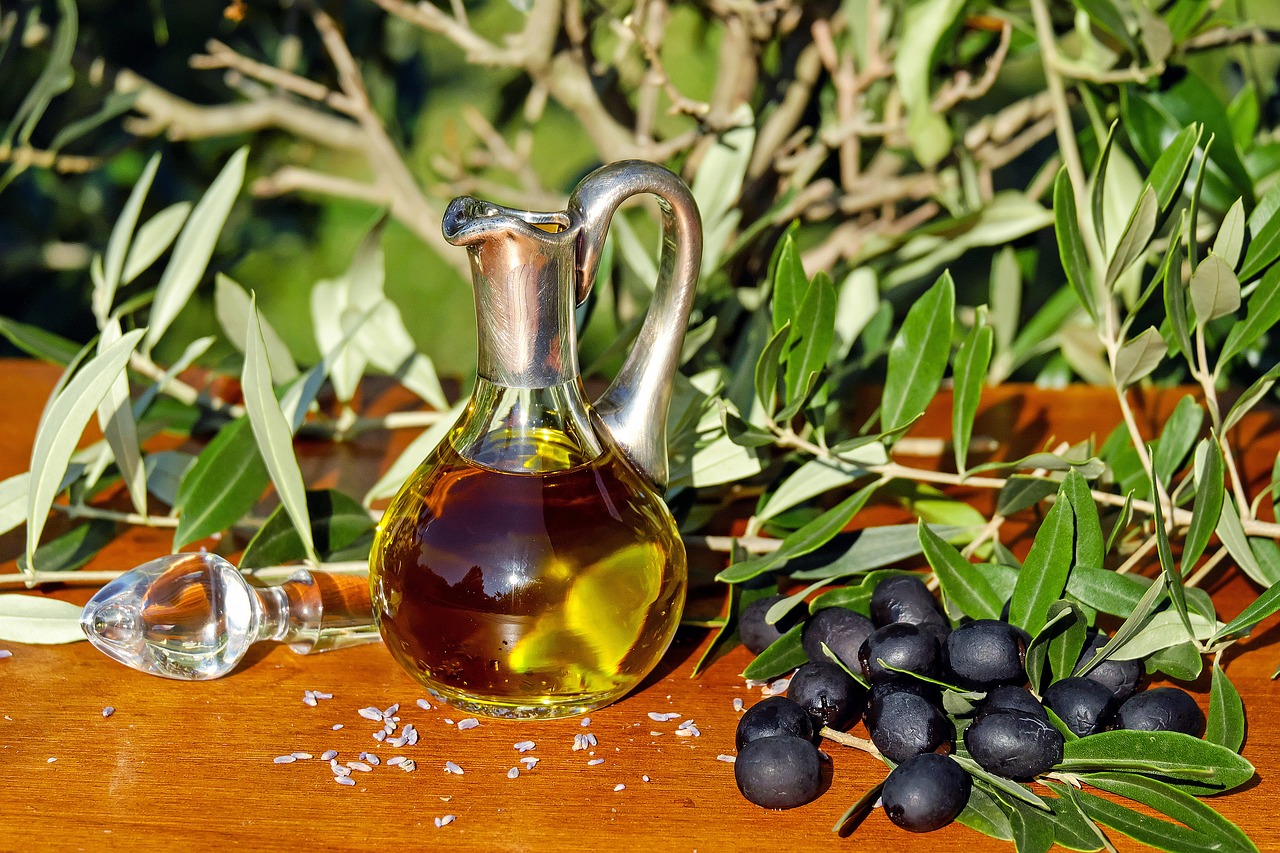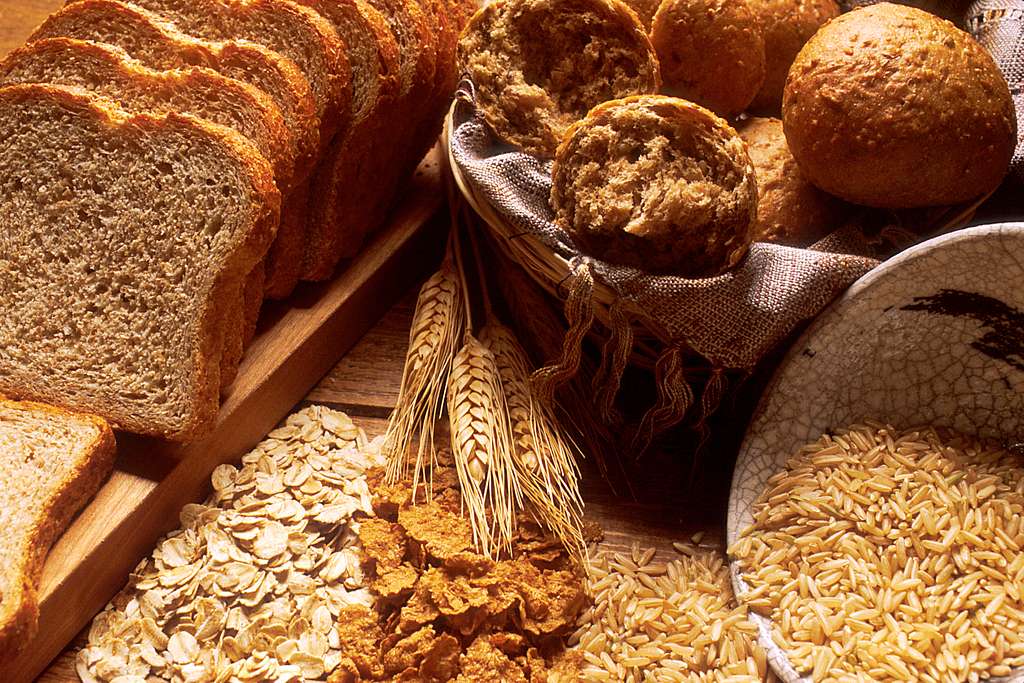
Eggs: From Hen to Home (Grades 3-5)
Students trace the production path of eggs, beginning on the farm and ending in their home and identify the culinary uses and nutritional benefits of eggs.

Students trace the production path of eggs, beginning on the farm and ending in their home and identify the culinary uses and nutritional benefits of eggs.
Students discover how animals utilize nutrients and energy from food humans cannot digest and convert it to meat, a food rich in zinc, iron, and protein. Students examine how hamburger is formulated for leanness, compare two kinds of hotdogs, and investigate about fish.
Students measure the temperature of cold, lukewarm, and hot water using a thermometer, investigate the growth of microorganisms by observing yeast growth at varying temperatures, and practice proper techniques for hand washing. The use of Glo Germ (TM) gel visually reinforces the importance of personal hygiene/hand washing.

Students identify the farm source of common dietary fats, compare Nutrition Facts labels, perform a taste test of various salad dressings, learn the chemistry of emulsification, and compare regular ice cream, reduced-fat ice cream and fat-free ice cream.
Students develop a working vocabulary regarding food, categorize foods by their sources, examine grocery ads, learn about food production, and apply what they learned by analyzing foods they eat at a particular meal.
Students determine where fruits grow and their nutritional value by completing an activity to observe the size, shape, texture, and seeds of various fruits.
Students observe various types of seed, discover the many uses of seeds, taste edible seeds, and make a seed mosaic.
Students investigate a variety of oilseed crops, discover how and where they are grown, and explore their nutritional benefits.

Students investigate a variety of grains, discover how and where they are grown, and explore their nutritional benefits.
Students investigate a variety of nuts, discover how and where they are grown, and explore their nutritional benefits.

Students will discover the five culinary functions of eggs by completing a cooking lab comparing recipes with and without eggs. Students will see how eggs leaven, bind, thicken, coat, and emulsify our foods.
Students will explore various ways that have been used to preserve food over the ages. They will also learn about techniques used to process food today and hypothesize about other methods scientists might use to process food safely in the future. Finally, students will conduct a simulation of high pressure treatment and discover how it destroys bacteria without crushing the food.